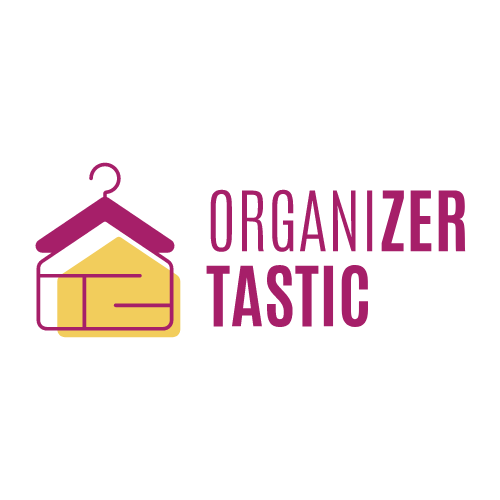In a world saturated with fleeting design trends, the timeless principles of Feng Shui stand out. This ancient Chinese art, deeply rooted in understanding the energies of our environment, offers more than just aesthetic appeal—it promises a life of balance, prosperity, and harmony. Dive with us into the transformative power of Feng Shui and discover how it can elevate your organizational endeavors.
1. The Philosophical Foundations of Feng Shui:
At its core, Feng Shui is about the relationship between humans and their environment. It's a philosophy that believes in harnessing the earth's energies to foster health, wealth, and positive relationships. When we align our spaces with these energies, we invite prosperity into our lives.
2. The Bagua Map: Your Blueprint to Harmonized Living:
The Bagua map is a grid that Feng Shui practitioners use as a guide to optimize energy flow. Each of its nine sections corresponds to crucial life areas, from career to family. By understanding the Bagua, you can tailor your organizational efforts to support and enhance specific life goals.

3. Decluttering with Purpose:
Pathways of Energy: Entrances are the mouth of chi (energy). Keeping them clear invites positive opportunities.
Emotional Inventory: Items in our space hold energy. Regularly assess belongings and release those that no longer align with your journey.
Nature's Touch: Embrace storage solutions made of organic materials, infusing spaces with earth's grounding energy.
4. Room-by-Room Feng Shui Insights:
Living Room: A hub of connection. Arrange seating to foster communication and ensure windows, our connection to the external world, remain unblocked.
Bedroom: A sanctuary of rest. Position the bed for safety (a clear view of the door) and avoid storing items underneath, letting energy circulate freely.
Kitchen: The heart of health and prosperity. Prioritize a clean stove and clear counters to nourish both body and wealth.
5. The Vibrancy of Colors and the Five Elements:
Colors are more than visual appeal; they're manifestations of energy. By understanding their link to the five elements, you can curate spaces that resonate with your desired life energies.
Image suggestion: A vibrant color wheel intertwined with the symbols of the five elements.
6. Modern Techniques Meet Ancient Wisdom:
Marrying Feng Shui with contemporary organizational methods creates spaces that are functional, energized, and aesthetically pleasing:
Vertical Dynamics: Utilize vertical spaces, mirroring the upward flow of positive energies.
Openness and Flow: Open shelving systems echo the Feng Shui principle of unblocked, flowing energy.
Clarity with Transparency: See-through containers symbolize clarity of thought and purpose.
7. The Continuous Dance of Harmony:
Feng Shui is not a one-time act; it's a continuous dance of harmony with our environment. Regularly reassess, declutter, and realign to ensure your space remains a beacon of positive energy.
Feng Shui, with its rich tapestry of ancient wisdom, offers more than just an organized space—it promises a life harmonized with the rhythms of nature. By intertwining its principles with modern organization techniques, we don't just create spaces that look good; we curate environments that feel right, energize our spirits, and beckon life's abundance.
Remember, while the principles of Feng Shui are universal, individual experiences may vary. It's essential to trust your intuition and see what resonates with you as you embark on this harmonizing journey.

